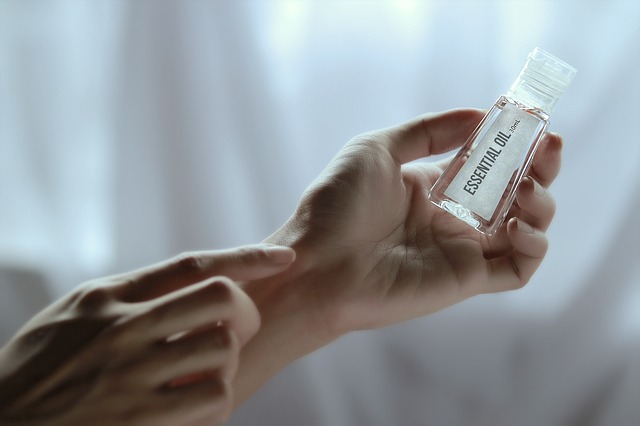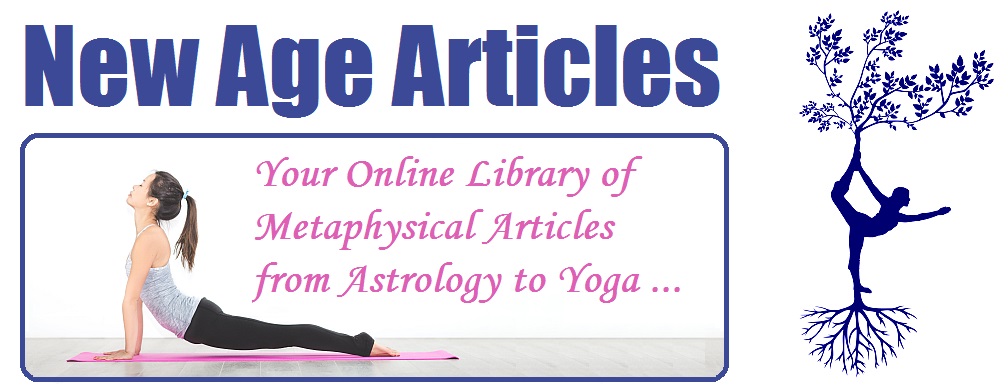Medical Aromatherapy – More Than Just ‘Smelling Nice’ by Misty Rae Cech

What, really, is Aromatherapy? In the United States, common use of the term ‘Aromatherapy’ is a bit misleading. The practice has been given a ‘touchy-feely’, ‘soft-science’ status to the general public through mainstream media. In much of the rest of the world, however, the therapeutic use of aromatic essential oils has a more elevated, scientifically-backed status. In France, for example, one can only purchase essential oils through a licensed Aromatherapist; this is due to the well-known, powerful interaction of essential oils and the human physiology.
At it’s heart, Aromatherapy encompasses the entire branch of botanical medicine using volatile aromatic plant compounds for treatment of various medical conditions. The term was coined by a French scientist after his discovery of Lavender oil’s healing effects on burns he had sustained in the laboratory. The practice of ‘aroma’ therapy – or the inhalation of essential oils to make one ‘feel good’ – is more a delightful side-note than the primary healing benefit essential oils can provide. Many important actions of essential oils don’t even have to do with one’s sense of smell. Beyond acting on the psyche through the limbic system (the ’emotional’ center of the brain, immediately affected by the smell sense), many essential oils have proven antibiotic, antiviral, antispasmodic, antifungal, anti-inflammatory, tissue-regenerative and other actions.
Effects of essential oils on the psyche, along with some biologic effects through the olfactory system, are an important aspect of their use; this should certainly not be discounted relative to the direct effects on the physiology. Many scientifically designed studies have confirmed the effects of aromatic oils on the mind and emotions. Your smell sense is the only one of the five senses directly connected to the brain – all other senses are routed first through the thalamus, then directed to the cerebral cortex and other brain regions. Each ‘scent-sensing’ cell is a sort of chemical receiver – every receptor in the nose reacts to some scents and not others. Each of these scent-cells is directly linked to the brain by one nerve fiber. It is difficult to sense an aroma and ‘think’ about it before having a response – the signal does not travel first to the thought centers. Because each sensing cell is in direct contact with the chemical being sensed, and the cell is in directly wired to the brain, the nervous system’s response to smell is quick and powerful.
The olfactory region of the brain is closely associated with the limbic region – that being the center of emotions, memory, sex drive and intuition. The limbic system is also connected to parts of the brain that control heart rate, breathing rate, blood pressure and hormone levels. The olfactory region also connects to the hypothalamus, which controls the entire hormonal system by influencing the pituitary. This gives us a good ideas as to why essential oils can have an ‘aromatherapeutic’ effect – human studies have shown the inhalation of essential oils can be calming, stimulating, uplifting, relaxing, and/or clarifying, depending on the oil being inhaled.
This brings us to the great range of non-‘aromatic’, therapeutic uses of essential oils. Modern aromatherapy practice includes topical application, ingestion, and suppository use of these natural plant compounds. Safe and effective treatment depends completely on the particular essential oil – some are absolutely not to be taken internally and others are known strong skin irritants. Effects through topical application rely on the small size and lipophillic nature of essential oil molecules – the oil-like compounds pass through the lipid bi-layers of skin cells to be absorbed directly into the bloodstream. Used this way, essential oils can produce profound physiological responses – again ranging widely depending on the oil. Topical application may be helpful in a variety of skin, joint, and muscle conditions, infectious illness, as well as for more general stress related states. Oral injestion and suppositories are often used in systemic infectious illnesses of microbial or viral natures – the oils are quickly absorbed and able to travel easily throughout the body, again to due to their structure which is quite compatible with human physiology. A knowledgeable practitioner should be always be consulted for such applications, as it is important to preciecly match the oils and the condition being treated. Further, use of essential oils should only be used as an adjuct therapy in serious cases following the advice of a medical professional.
As the acceptance of healing with natural means continues to grow in the US, the concept of aromatherapy for many individuals will expand to include these important and exciting facets. More certified practitioners will be available to utilize essential oils to their true potential, and more ‘end users’ will aquire the knowledge to heal themselves with these incredible gifts from nature. Or should we simply push to change the name? Phytomedicinal Oil Therapy? It does have a ring to it… Hmmm…
About the Author:
Misty Cech is a degreed natural physician and the wellness director for Ananda Aromatherapy, providers of therapeutic grade essential oils and blends. More can be found at ananda-aromatherpy.com.






